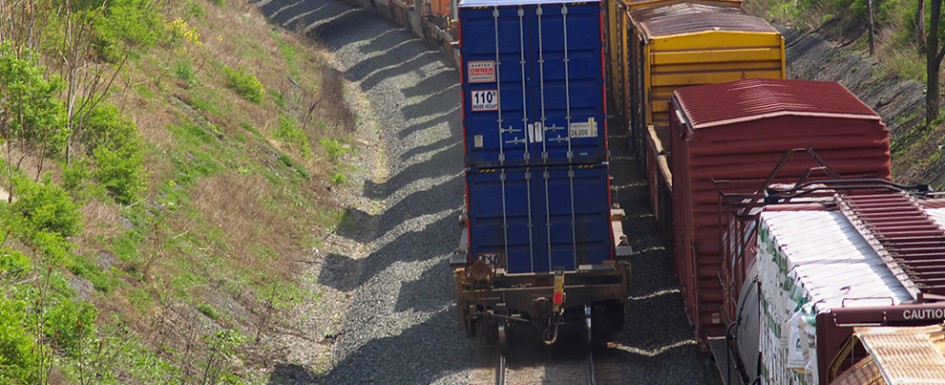A torrent of investment in large-scale infrastructure projects is set to stimulate widespread opportunities in the accommodation industry, particularly in regional centres, according to Resort Brokers Australia.
The national industry specialist is urging accommodation investors and operators to “follow the infrastructure trail” as Australia embarks on a period of colossal investment in nation-building projects designed to stimulate economic productivity in the short and long term.
Commitments, at Federal and State levels, are numerous. Chief among them are the 1700km so-called ‘Steel Mississippi’ Inland Rail from Melbourne to Brisbane, the giant power-grid battery project dubbed Snowy Hydro 2.0, and the new Western Sydney Airport at Badgerys Creek.
“No matter where you look around Australia, spending on infrastructure, especially when it vastly improves access, has always led to significant economic benefits and commercial growth,” said Resort Brokers Australia managing director, Ian Crooks.
“This is investment that has a multiplier effect, generating lasting economic, social and environmental benefits, and it will put many regional centres on track for renewed prosperity.”
Construction is committed to start this year on the Inland Rail project, expected deliver 16,000 jobs at its peak, boosting the economies of Brisbane, Melbourne and scores of regional centres along its route.
The route takes it through Seymour, Albury, Wagga Wagga, Junee, Parkes, Narromine, Narrabri, Moree, Yelarbon, Inglewood, Toowoomba and many other stops in between.
Inland Rail’s double-stacked, 1800-metre-long trains will carry freight, which would require 110 B-double trucks, between Melbourne and Brisbane in less than 24 hours.
Benefits include greater speed in freight movement at less cost, massive savings on road repairs by reducing truck numbers, emissions reductions, new value-adding rural industries starting up, and growth of inland cities. The seeds of new settlements may even be planted.
Crooks, well remembers what happened in the wake of the 2004 opening of the north-south transcontinental rail from Adelaide to Darwin, carrying The Ghan as well as goods trains.
“The impact was fantastic for the accommodation and hospitality industries – an absolute boom for operators in regional Northern Territory and South Australia,” he recalled. “The same can be expected all along the Inland Rail route.”
An economic study of the Katherine region by the NT government proved his point. The number of business in the region grew from 657 in the 2003-2007 period to 919 by 2007-2011. Accommodation and food services business numbers rose from 27 to 59.
“Construction crews generally come from outside the local area, so small country motels will find themselves heavily booked throughout the building phase,” he said. “And this won’t be a flash in the pan either. Projects like this bring sustained prosperity and opportunities for accommodation expansion and new development.
“Also think about what it will mean for so many towns on the major road routes, to take massive semi-trailers off their roads, making them so much more visitor friendly. Better, safer roads will allow regional towns to build their tourism markets.”
Another major rail infrastructure project long debated and still on the drawing board is the proposed High Speed Rail (HSR) between Sydney and Melbourne.
A 2014 report by Deloitte looked at the benefits HSR would bring to the Hume region in north-east Victoria. It forecast HSR would increase tourism numbers to the region by 4%. Applied to current tourism volumes, that represents an additional 265,620 domestic visitors each year with corresponding additional expenditure of $54 million.
“So you can see why the accommodation industry might want to get behind transport infrastructure projects,” Crooks said.
One private company that doesn’t need convincting is Wagners, the family business that bankrolled and built its own airport to the tune of $200 million, establishing Brisbane West Wellcamp Airport near Toowoomba.
It was the first full-scale civil airport to come on line since Melbourne’s Tullamarine in 1970. Wagner and his brothers have also put their hands up to build and run the new Western Sydney Airport.
Accommodation Association of Australia applauded infrastructure commitments including the new Western Sydney Airport and desperately needed upgrades to the Bruce Highway, one of the single-most important transport corridors for tourism in Australia.
“Investment in new infrastructure and upgrading existing infrastructure directly translates to more visitors staying in accommodation businesses, particularly in regional areas, as well as instilling confidence in our sector to invest and build new properties,” said AAoA Chief Executive Officer, Richard Munro.
But Crooks said quick action was needed to reap the rewards of all this investment. Regional development leaders have already described the Inland Rail commitment as a “call to action” for business in NSW’s Central West.
“No-one can afford to take a wait-and-see approach any longer,” Crooks said. “For anyone wanting to exploit business opportunities headed their way, the time to get on board is now, before the train leaves the station.
